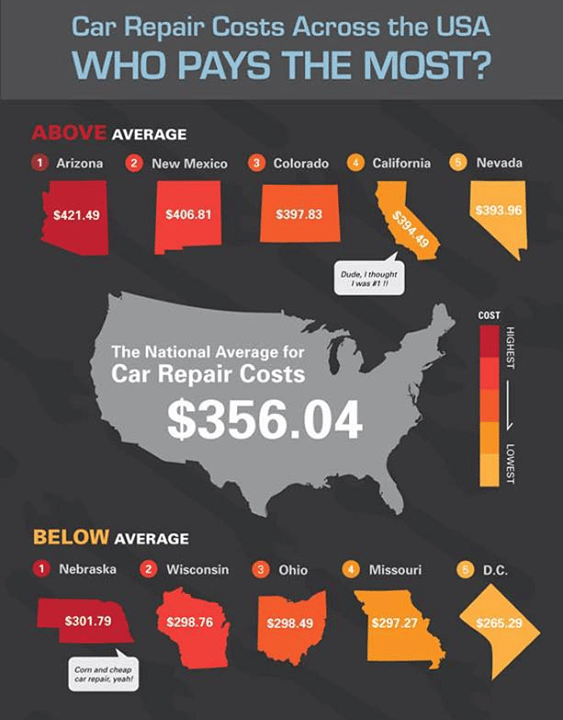Realizing The Significance Of Your Auto'S Warning Signals: What They Actually Represent
Realizing The Significance Of Your Auto'S Warning Signals: What They Actually Represent
Blog Article
Short Article By-Lauritsen Torres
When you're behind the wheel, those beautiful warning lights on your dashboard can be a little bit complicated. Do you recognize what they're attempting to tell you about your auto's health? Comprehending the value of these lights is vital for your safety and security and the longevity of your vehicle. So, the following time one of those lights appears, wouldn't you intend to decode its message accurately and take the essential actions to resolve it?
Common Warning Lighting and Interpretations
Identify common warning lights in your car and recognize their significances to ensure safe driving.
One of the most common warning lights include the check engine light, which indicates issues with the engine or exhausts system. If this light comes on, it's important to have your car checked promptly.
The oil pressure cautioning light indicates low oil stress, requiring prompt focus to prevent engine damages.
A flashing battery light might suggest a damaged charging system, potentially leaving you stranded if not dealt with.
The tire pressure surveillance system (TPMS) light signals you to low tire pressure, influencing lorry stability and gas performance. Disregarding vehicle valet could result in dangerous driving problems.
The abdominal light suggests a trouble with the anti-lock braking system, jeopardizing your capability to stop promptly in emergency situations.
Last but not least, the coolant temperature level alerting light warns of engine getting too hot, which can cause severe damages if not dealt with quickly.
Recognizing these usual warning lights will help you deal with concerns quickly and keep risk-free driving problems.
Importance of Prompt Focus
Understanding the typical warning lights in your automobile is only the initial step; the relevance of quickly resolving these cautions can not be stressed enough to guarantee your safety and security when driving.
When a warning light illuminates on your control panel, it's your vehicle's means of interacting a potential concern that requires focus. Ignoring these warnings can cause more serious troubles down the road, endangering your safety and possibly costing you extra in repairs.
Prompt attention to advising lights can protect against malfunctions and crashes. As an example, a blinking check engine light can show a misfire that, if left unattended, can cause damage to the catalytic converter. Addressing this without delay can conserve you from a costly repair service.
Likewise, a brake system cautioning light could signify reduced brake fluid or used brake pads, crucial parts for your safety when driving.
DIY Troubleshooting Tips
If you observe a warning light on your dashboard, there are a couple of do it yourself troubleshooting ideas you can try before seeking specialist help.
The very first step is to consult your vehicle's handbook to recognize what the certain caution light indicates. Often the issue can be as simple as a loose gas cap triggering the check engine light. Tightening up https://www.autoserviceworld.com/the-incoming-b2b-tech-explosion/ may resolve the issue.
An additional usual problem is a reduced battery, which can trigger different cautioning lights. Examining the battery connections for rust and guaranteeing they're protected could repair the issue.
If a caution light lingers, you can try resetting it by disconnecting the vehicle's battery for a couple of mins and afterwards reconnecting it. Additionally, examining your lorry's fluid levels, such as oil, coolant, and brake liquid, can assist repair cautioning lights related to these systems.
Conclusion
Finally, understanding your cars and truck's warning lights is crucial for keeping your vehicle running smoothly and securely. By promptly dealing with these notifies and knowing what they imply, you can avoid pricey repairs and potential malfunctions.
Remember to consult your vehicle's manual for specific details on each alerting light and do something about it as necessary to make sure a trouble-free driving experience.
Keep educated, stay secure when traveling!
